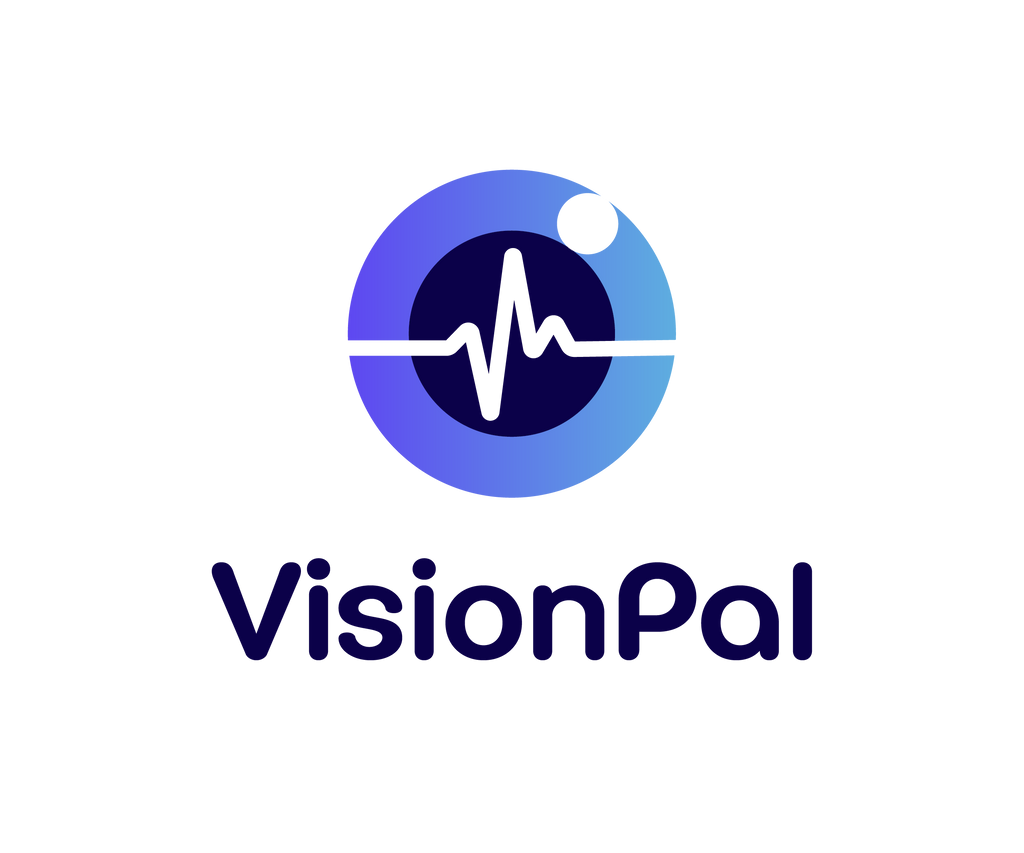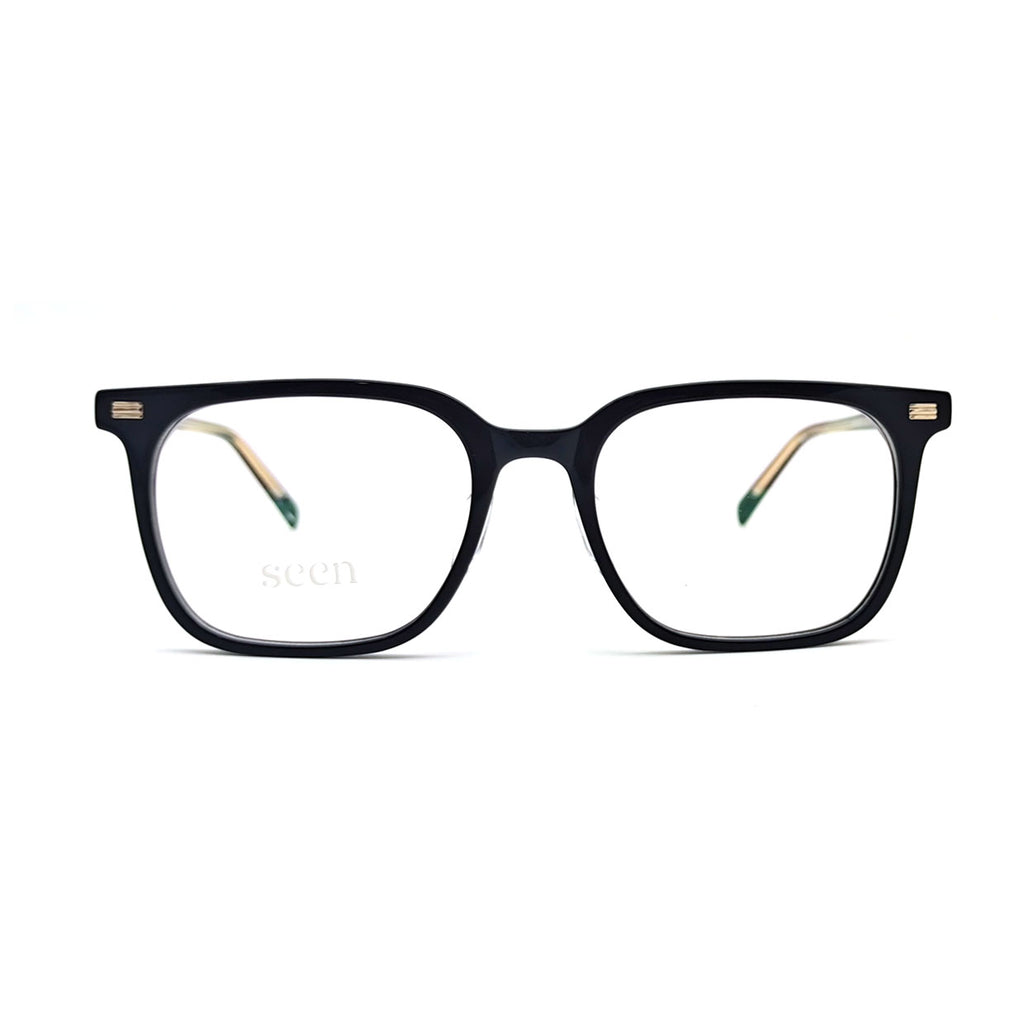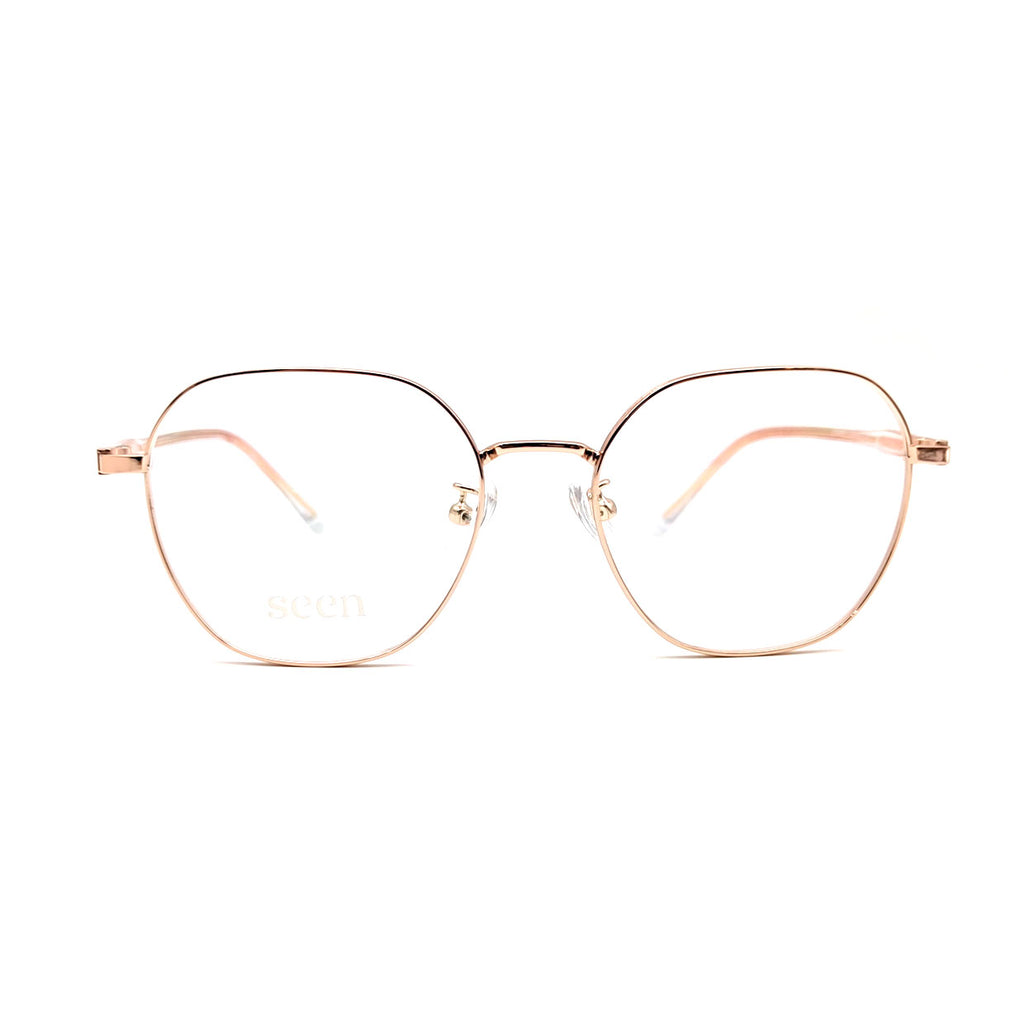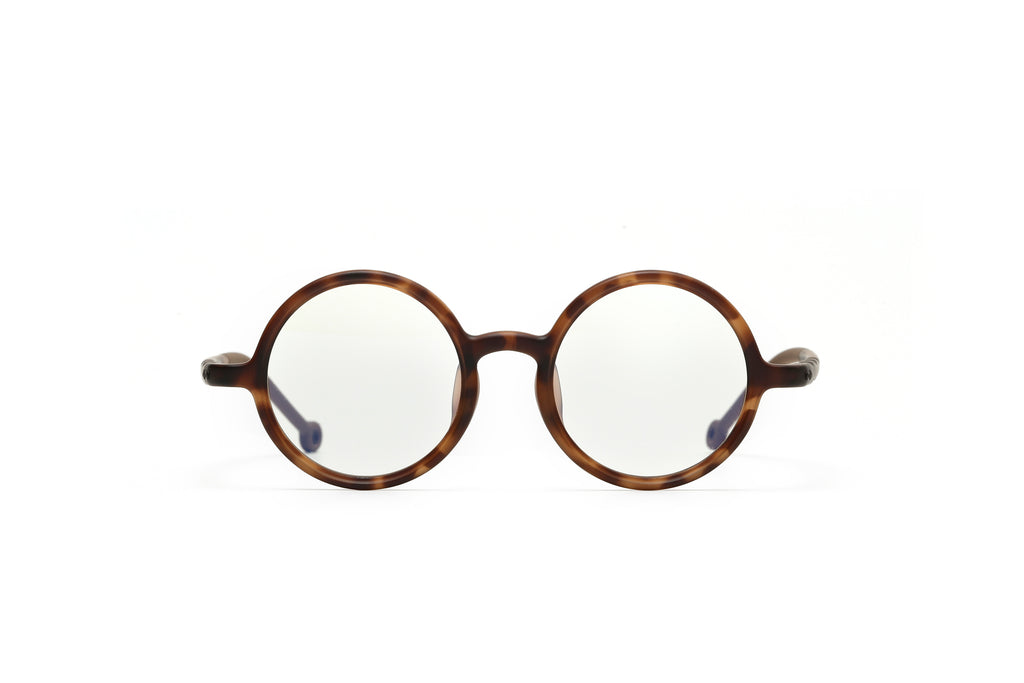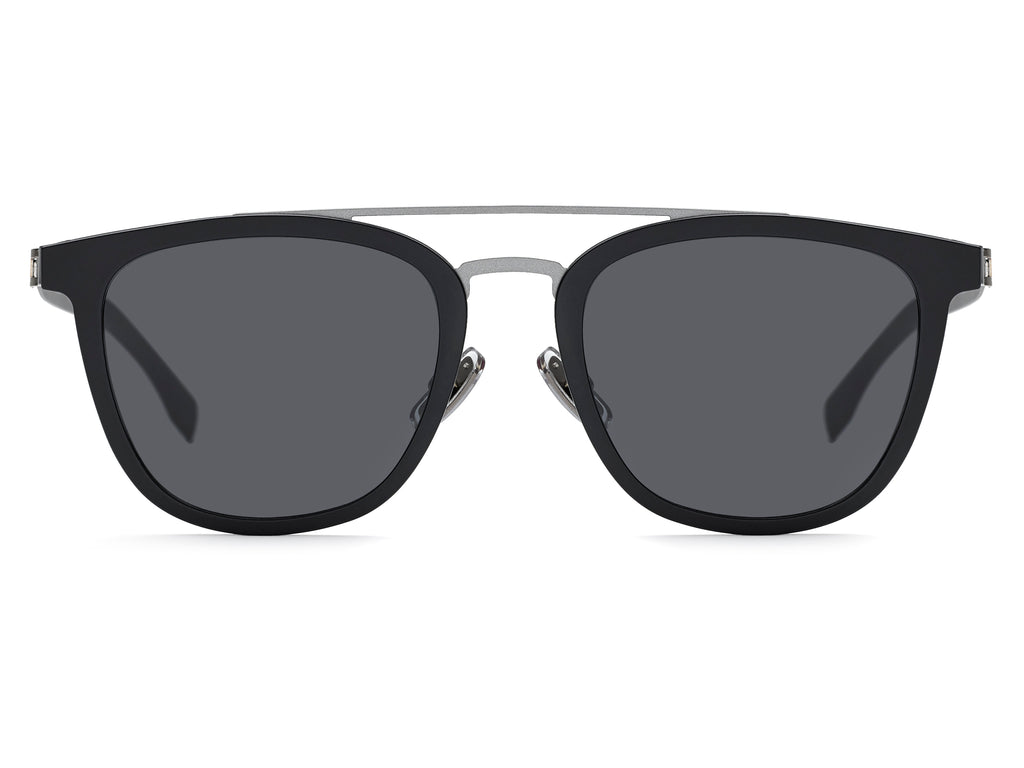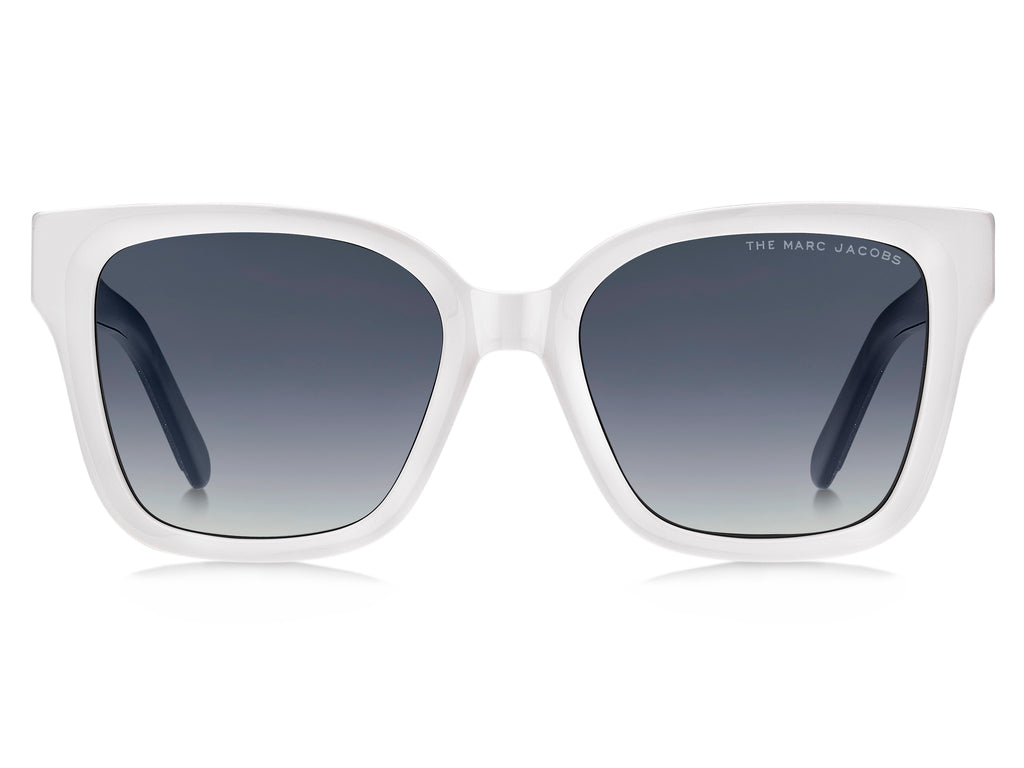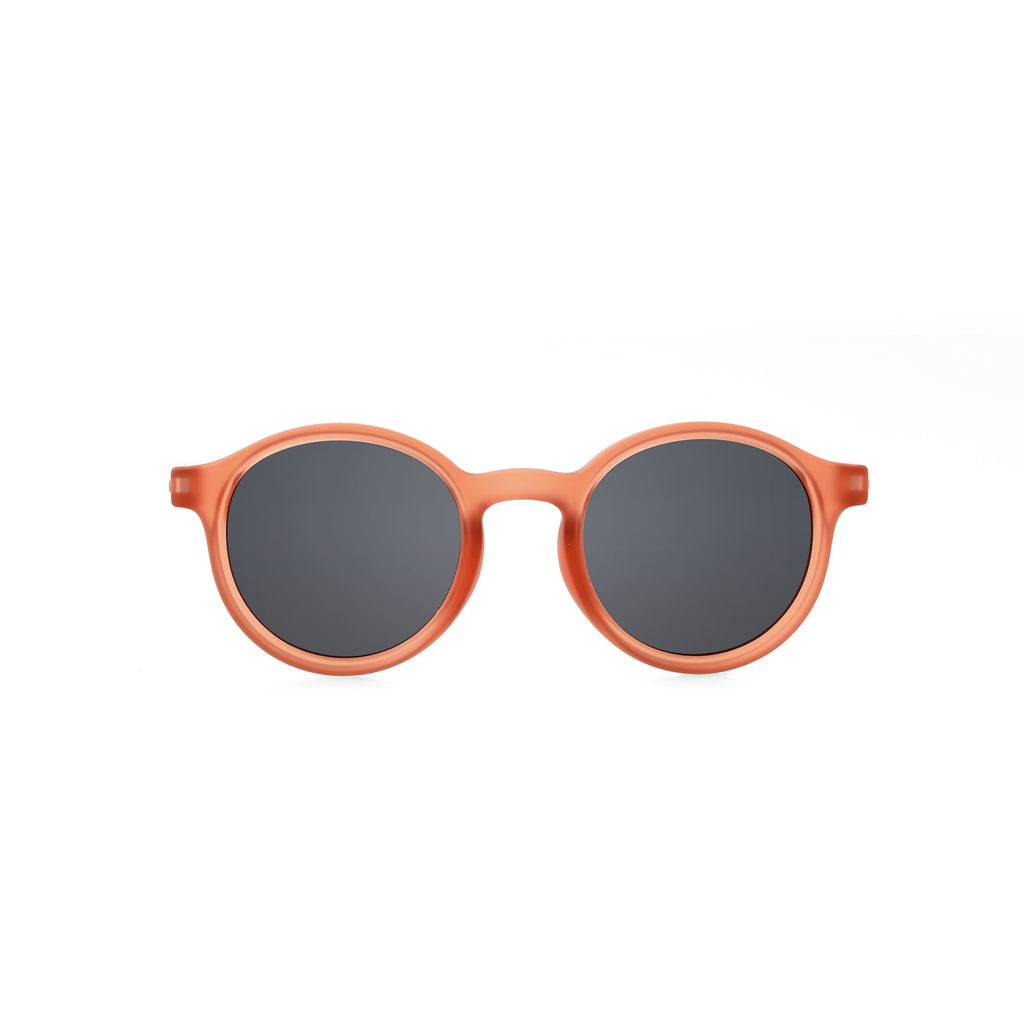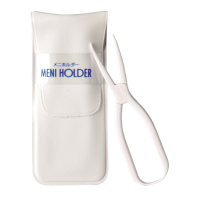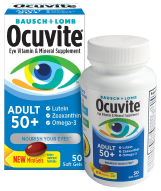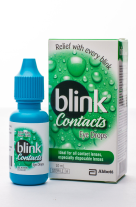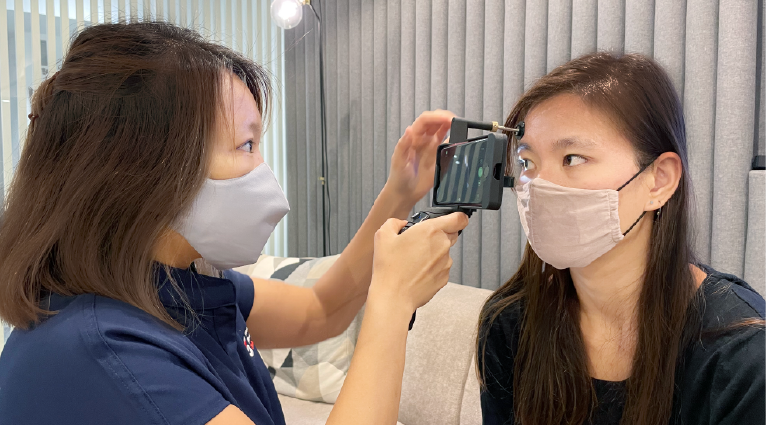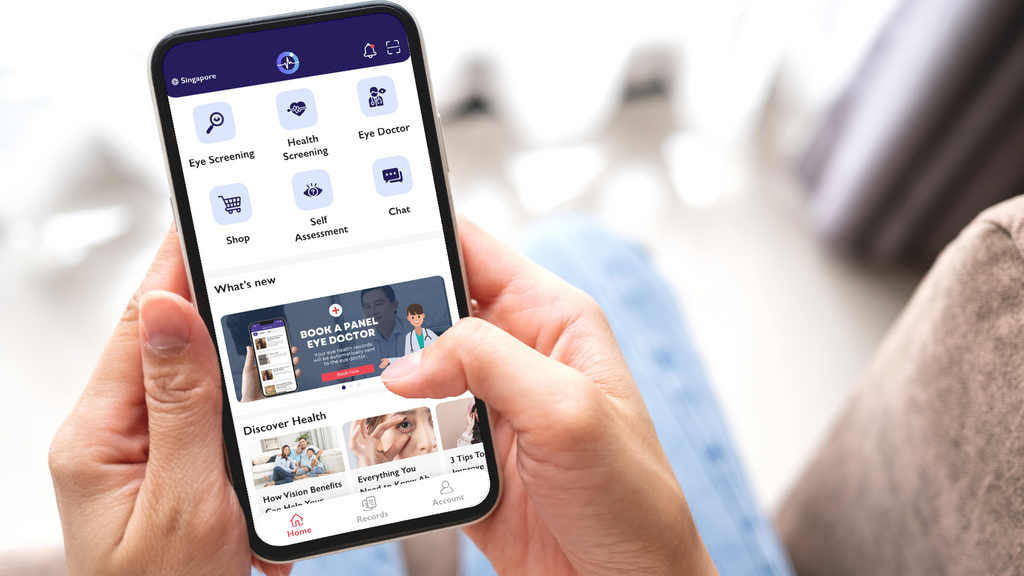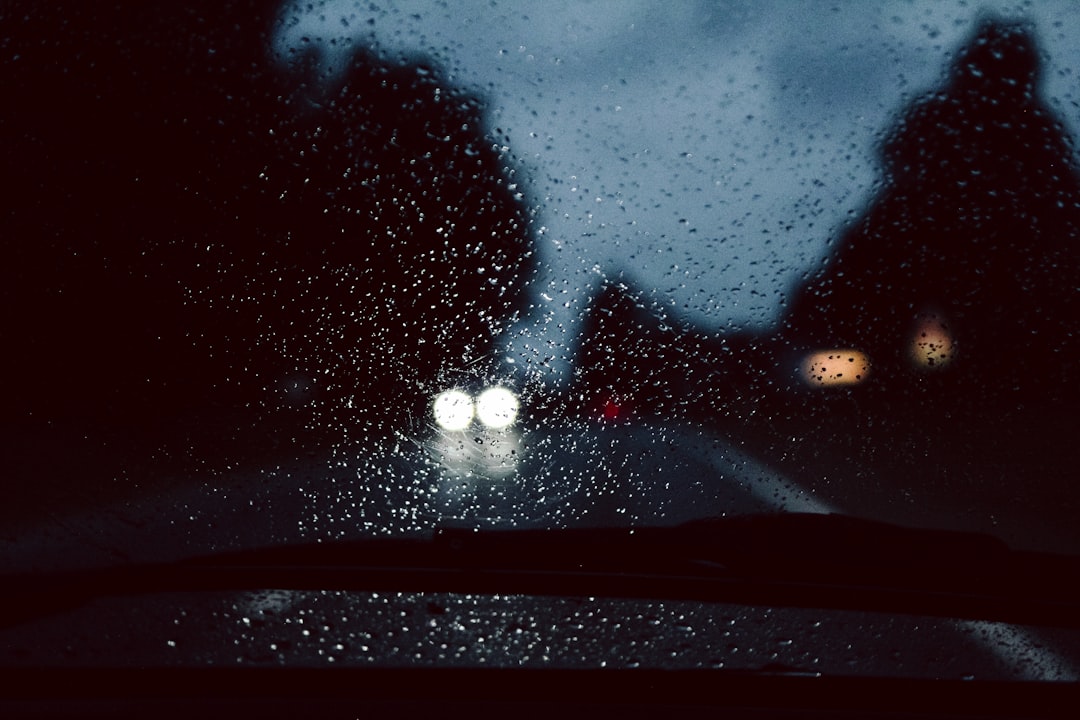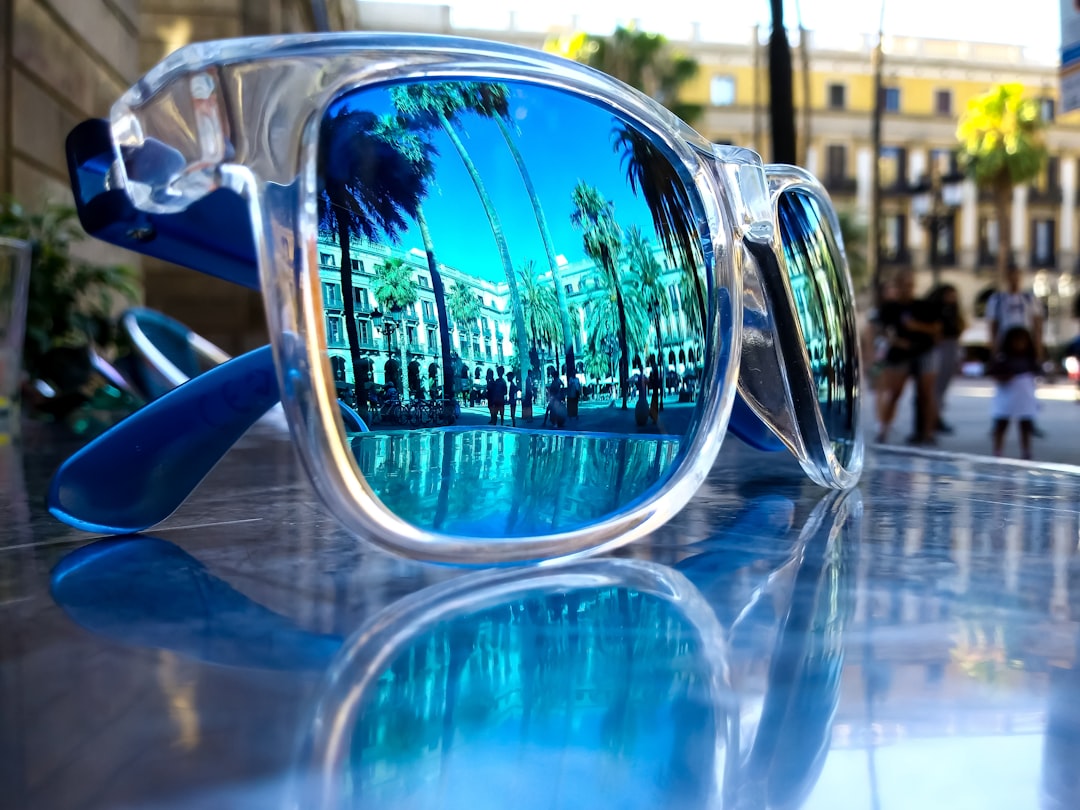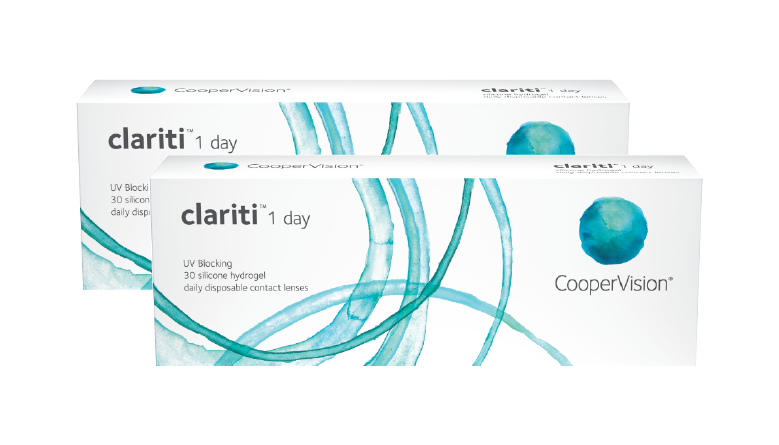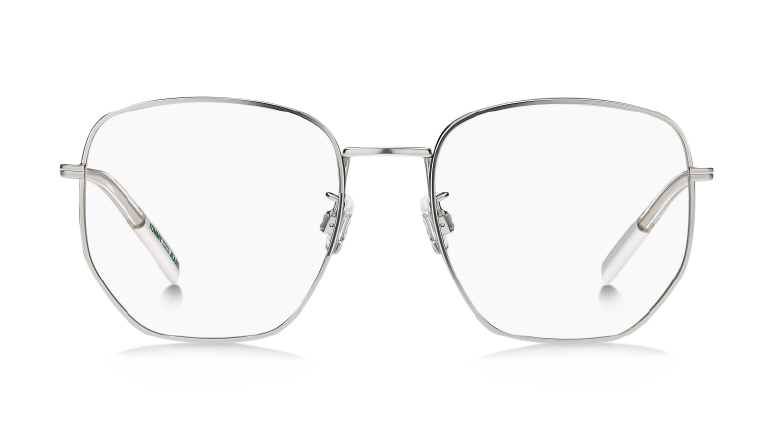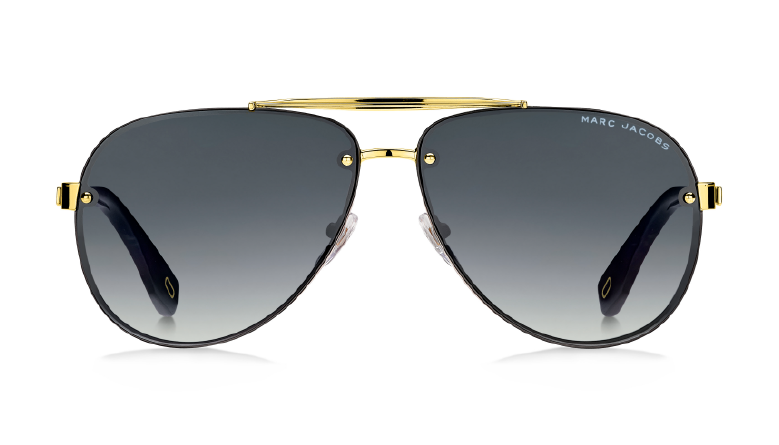
How to Stay Safe and Comfortable While Driving at Night
At nightfall, every driver must navigate their way through the darkness. Yet, for many, driving in low light remains a struggle. Unfortunately, this is extremely dangerous and could lead to preventable accidents on the road.
Glare
The light from oncoming traffic is one of the leading causes of nighttime vision problems for drivers.
Although headlights, high beams, and fog lights are intended to improve nighttime visibility for drivers, they may also have unfavourable impacts. When additional lights come from other cars and your dashboard at night, glare can slow your reaction time, be annoying, and distract you. The glare could also come from wet roads and windshields from rain, which causes the light to scatter and reflect even more. This causes driving to be more uncomfortable, and squinting will become more common.
The glare could be exacerbated by astigmatism. Astigmatism, although common, if left uncorrected, will cause more glare, halos, or streaks around the lights, which can be challenging and will probably make you squint to focus. When squinting, you may not see warning signs ahead, such as a broken-down car in the lane next to you.
Cataract
Cataracts are a common eye disease that can cause blurry or distorted vision. It's most common in older adults but can also happen in people of any age.
If you have a cataract, the lens inside your eye has lost some of its ability to focus light. This can make it hard to see things at night or in low light.
.
Cataracts blur the image so that there is a loss of contrast and clarity. Under low light, contrast is already significantly reduced; with cataracts, it could be reduced more drastically. This decrease could lead to vision that is unsuitable for driving, and it is best to seek solutions that could help to improve the
Tips for driving more safely at night
You can use a few tips to be safer during night driving.
1. Use your headlights as much as possible. A well-lit roadway makes it easier to see what's ahead and reduces the risk of hitting something or getting into an accident.
2. Use low beams when necessary. When you need to make a turn, use your low beams to illuminate the area around you so you can see clearly in the darkness.
3. Keep your speed down. Avoid driving too fast in low light; this increases the risk of getting into an accident and being hit by another vehicle.
4. Watch for pedestrians, cyclists, and other drivers on the road. Please be sure to keep a close eye out for them to avoid any accidents or injuries.
5. Ensure safe distancing: When you can, please keep a safe distance between yourself and the vehicles ahead of you.
6. Keep a close eye on your driving speed and ensure you're not exceeding the safe limits for the conditions.
7. Adopt night-driving habits gradually. If you're new to night driving, start driving during the day when you can see better and work your way up to nighttime driving.
Your subsequent eye health examination with an optometrist
A simple eye exam can reveal any uncorrected refractive error (myopia, hyperopia, astigmatism, and presbyopia). Then, your optician and optometrist can prescribe corrective lenses to make up for the prescription in your eyes.
If you wear glasses, choosing a lens solution with an anti-glare or anti-reflective (AR) coating is one of the most significant ways to enhance your night vision. This lens modification reduces the glare from approaching headlights, street signs' reflections, and other intrusive light. As a result, AR-coated lenses can enhance your vision for safer nighttime driving by increasing your visual comfort and clarity.
Remember that late adulthood can be difficult for drivers when it comes to night driving. As we age, our eyesight may not be as good as it used to be. An annual eye check with your optometrist is recommended to ensure you get the best possible vision while on the road. This ensures road safety for driving both at night and during the day. By scheduling your yearly eye exam right away, you can help keep the roads safe.
With Vision Direct Club, we have highly skilled mobile optometrists that can provide comprehensive eye examinations at your preferred location! In addition, you can find your prescription glasses, contact lenses, and lens solution through the mobile eye clinic.
You can learn more about contact lenses through our telehealth services.
If you are interested in booking your tele-optometry consultation, we are offering complimentary tele-optometry services for the first 20 bookings with our promo code: [ONECALLAWAY]
We make getting your eye care solutions simple; your prescription will be available in your account after the visit with the mobile optometrists through the mobile eye clinic.
In same category
What is Arcus Senilis also know as Cholesterol Rings ? : A Sign of Aging Eyes
From Metal to Wood: Finding the right pair of glasses
Discover the World of Eyewear Materials: The seemingly simple choice of eyewear frames goes beyond mere aesthetics, profoundly influencing our daily lives in terms of...
The Future of Eye Screenings: VisionPal Studio's Approach to Preventive Eye Care
VisionPal is revolutionizing the world of eye care with the launch of its innovative studio on the 9th of March 2024. Offering a unique blend...

